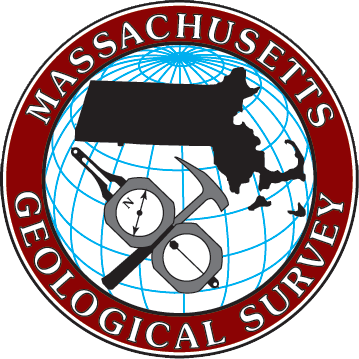| Title | The Nashoba Terrane: A new tectonostratigraphy and shared structural styles with the Merrimack belt in Massachusetts |
| Publication Type | Conference Proceedings |
| Year of Publication | 2015 |
| Authors | Kopera, JP |
| Conference Name | Geological Society of America Abstracts with Programs |
| Volume | 47 |
| Edition | 3 |
| Pagination | 42 |
| Date Published | 03/2015 |
| Publisher | Geological Society of America (GSA) : Boulder, CO, United States |
| Conference Location | Northeastern Section - 50th Annual Meeting (23–25 March 2015), Bretton Woods, NH |
| Keywords | #StaffPubs, acadian, alleghenian, amphibolite facies, chlorite, deformation, eastern Massachusetts, fabric, folds, Harvard Conglomerate, Hudson, merrimack, Merrimack Belt, nashoba, Nashoba terrane, nashua, Nashua Trough, pin hill, Structural geology, tectonic history, tectonostratigraphy |
| Abstract | Recent STATEMAP-sponsored geologic mapping of several 7.5' quadrangles in east-central Massachusetts describe a new tectonostratigraphy and structural history for migmatitic gneisses of the Cambro-Ordivician arc complex represented, in part, by the Nashoba Formation. While preserved sedimentary structures are absent, four discrete subunits can be mapped based on distinct lithologies. From structurally lowest to highest, they are: A felsic magnetite-bearing bt gneiss, a magnetite and silliminite rich mu-bearing bt paragneiss, gt-bearing sulfidic bt-gneisses interlayered with sulfidic schist, amphibolite, and marble, and a calc-silicate rich bt-gneiss. |
| URL | https://gsa.confex.com/gsa/2015NE/webprogram/Paper253009.html |
The Nashoba Terrane: A new tectonostratigraphy and shared structural styles with the Merrimack belt in Massachusetts
For more info contact:



